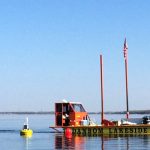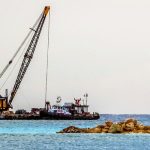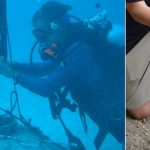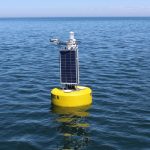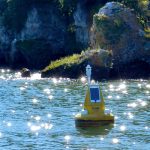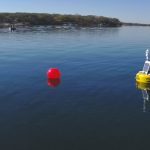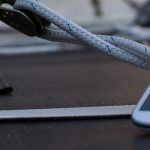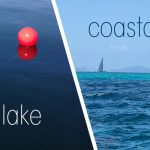Dredging done correctly doesn’t hurt water quality, and can yield positive environmental results. However, ensuring these good results demands monitoring for contaminant release, sediment resuspension, and other water quality issues.
Articles Tagged: Blog
Tag blog post for search
Why Monitor Turbidity for Dredge Projects
Data collection is an important part of the monitoring process for dredge projects because accurate data ensures compliance with regulations.
Best Dissolved Oxygen Sensors
When it comes to precision, accuracy, and more data over more time, these kinds of dissolved oxygen sensors are the best option for monitoring DO.
3 Unique Monitoring Buoy Applications
There are many ways to deploy monitoring buoys, and many situations that might benefit from the monitoring power this kind of platform brings.
Offshore Buoy Monitoring Systems
Offshore buoy monitoring systems, the advanced instruments they carry, and the data they provide are used in a broad range of applications. Some of these include scientific research, marine and weather forecasting and more.
Lake Erie Buoys – Monitoring on An Iconic Lake
Lake Erie buoys have a host of unique challenges to meet as they help researchers and managers acquire the data they need to protect an iconic lake.
Collecting Limnological Data with Lake Buoys
Monitor water quality and collect limnological data with lake buoys; keeping an eye on lake health year round for water managers, and many others.
Wireless Water Quality Monitoring
The seemingly simple question of, “how do I get my data?” can be complicated to answer, so we explore why wireless water quality monitoring options are so important to users, what today’s monitoring options look like, and the solutions the technology presents for users.
Coastal vs. Lake Data Buoys
Coastal vs. lake data buoys: a comparison. Any aquatic environment is dynamic and complex, but lakes and rivers are different monitoring environments from their coastal cousins.
Collecting Environmental Data From Buoys
Deployment locations for data buoys are often remote. Wireless communication supports environmental monitoring and data collection from buoys in real-time.

